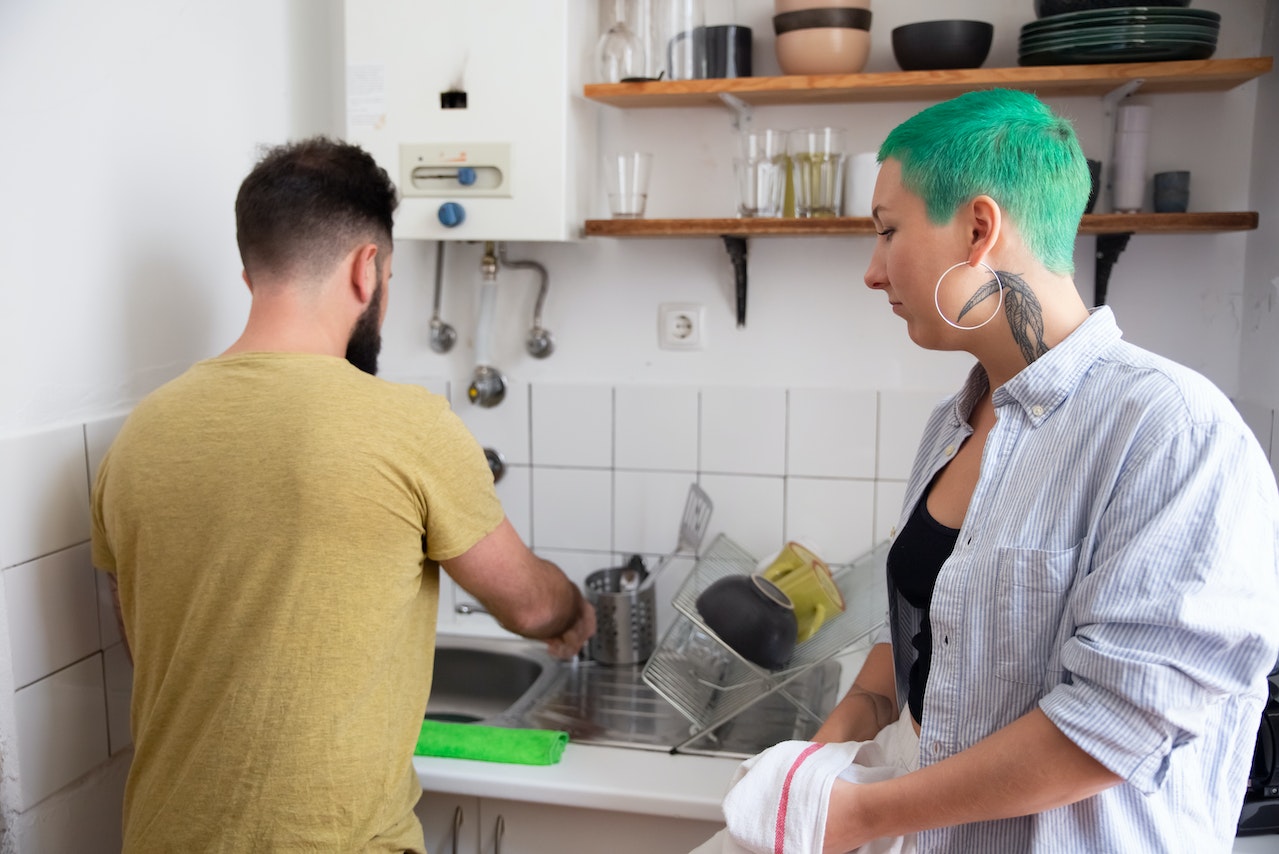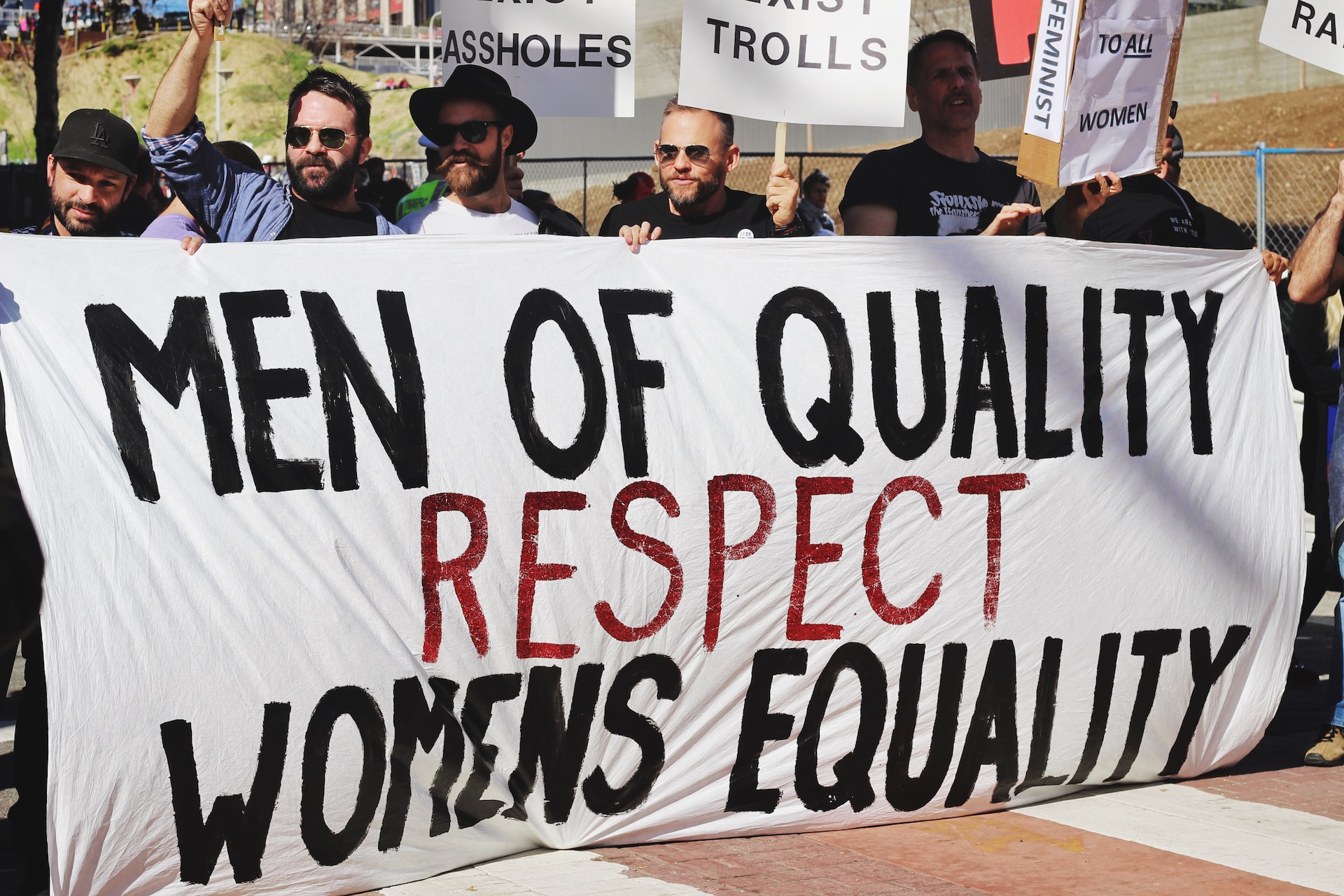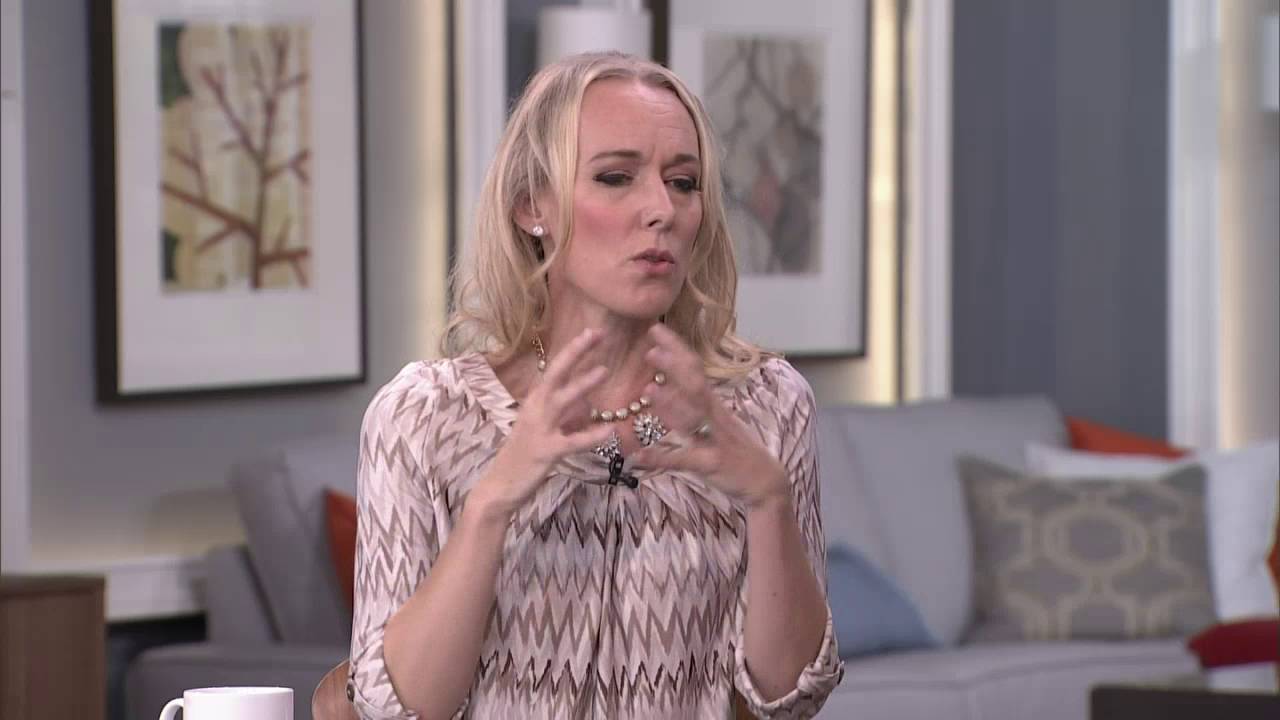Gender Equality In Household Chores - For Women Only?
When it comes to gender equality in household chores, it might not be surprising if several guys out there - single men and fathers alike - would avoid the topic. Many of them simply don’t like doing it in the first place. They think it’s something that mothers or wives should ought to be doing - not them.
Author:James PierceReviewer:Paolo ReynaMay 19, 202345 Shares1.4K Views

Talking about gender equality in householdchores should encourage people - the men in particular - to contemplate if women should alwaysdo the housework.
Gender equality has long been a topic of debate and concern within societies worldwide.
One significant aspect of this discussion revolves around the division of household chores and the disproportionate burden placed on women.
Should women continue to bear the primary responsibility for housework?
Is gender equality in household chores no longer a big issue?

Should husbands help with the weekend housework? (1961) | RetroFocus
What Is Gender Equality?
Traditionally, women have been expected to shoulder the majority of household responsibilities, ranging from cleaning and cooking to childcare and organizing family affairs.
That’s why gender equality in household chores remains a significant concern.
However, in recent years, the concept of gender equality has gained prominence, challenging the prevailing notion that women should be solely responsible for domestic tasks.
So, what is this gender equality all about?
Gender equality refers to the principle that all individuals, regardless of their gender, should have equal:
- rights
- opportunities
- access to resources and benefits in society
It is based on the belief that no one should be discriminated against or disadvantaged because of their gender.
Gender equality seeks these things for people of all genders:
| ELIMINATE | PROMOTE |
| gender-based discrimination | fairness |
| stereotypes | equal treatment |
| prejudices | equal benefits & opportunities |
Gender equality encompasses various aspects of life, including:
- education
- employment
- politics
- healthcare
- social interactions
It advocates for equal opportunities for individuals of all genders to participate and succeed in these areas without facing barriers or bias.
As American Benedictine nun and theologian Joan Chittister, now 87, once said (and quoted by Illinois-based Social Justice Resource Center):
“„No submission. No second class. Women and men are equal agents in the enterprise of life.- Joan Daugherty Chittister, O.S.B. (Order of Saint Benedict)
Moreover, it recognizes that gender should not determine a person’s:
- worth
- abilities
- opportunities
Achieving gender equality involves addressing and dismantling the existing gender-based disparities and biases that have historically disadvantaged certain genders, particularly women and girls.
One simple case: gender equality in household chores.
Gender equality involves creating a society where gender roles and expectations do not limit or restrict the following from any individual:
- choices
- aspirations
- potential
It also recognizes that men and boys can be impacted by gender-based discrimination and stereotypes.

Gender Inequality Examples
Here are some examples of gender inequality:
a. Gender Pay Gap
Women, on average, earn less than men for performing the same job or work of equal value.
b. Employment Opportunities
Women often face limited opportunities for career advancement and leadership roles due to various barriers, such as:
- discriminatory hiring practices
- gender stereotypes
- workplace biases
c. Access to Education
In some regions, girls and women may have limited access to education compared to boys and men.
d. Unpaid Care Work
Women typically shoulder a disproportionate burden of unpaid care work (e.g., caregiving for children/the elderly).
Gender equality in household falls chores under this example.
e. Political Underrepresentation
Women are often underrepresented in political positions and decision-making roles.
f. Gender-Based Violence
There’s a lack of protection for women’s rights.
g. Legal Rights
In some countries there are restrictions on property ownership, inheritance, and reproductive rights.
Gender Equality Begins At Home
Four Corners, an Australian TV program (premiered in 1961), had a segment before called “Voice of the People.”
On October 21, 1961, the said segment featured on-the-spot interview of random people on the street regarding their views on gender equality in household chores.
ABC News In-depth uploaded the video on YouTube in 2018.
When the male interviewer asked the last person (“Do you think husbands should help with the weekend housework?”), she replied:
“„Yes, certainly all the time. But mine doesn’t.- anonymous middle-aged wife
Funny but true. In fact, it stillhappens up to this very day.
Gender equality begins at home through several key actions and attitudes. Here are some ways to promote it:
1. Challenge gender stereotypes.
Encourage children and family members to explore a wide range of activities and interests regardless of their gender.
Avoid assigning traditional gender roles or assuming that certain tasks or responsibilities are only suitable for specific genders.
2. Have an equal distribution of household chores.
Share household tasks such as cooking, cleaning, laundry, and childcare responsibilities equitably among all family members.
This one definitely encourages gender equality in household chores.
3. Have an open communication.
Create an environment where everyone’s perspectives are valued and taken into consideration.
4. Lead by example.
Parents and guardians should treat all family members with respect and fairness, irrespective of their gender.
5. Encourage education and career aspirations.
Avoid perpetuating stereotypes that limit certain career paths based on gender. Provide equal opportunities for personal and professional growth.
By implementing these practices at home, you can create an environment that fosters respect, fairness, and equality for all family members.

Gender Equality In Household Chores
The fair and equitable distribution of domestic tasks between individuals in a household, irrespective of their gender, is what gender equality in household chores refers to.
Traditionally, household chores have been perceived as women’s responsibilities, perpetuating gender roles and inequalities.
However, in recent years, there has been a growing recognition of the need for shared responsibility and equal participation of all household members in these tasks.
Gender equality in household chores is an essential component of achieving overall gender equality in society.
It challenges traditional gender norms that assign specific roles and responsibilities based on gender.
By promoting a more balanced distribution of household chores, individuals can pursue personal and professional goals without being burdened by disproportionate domestic work.
In Spain, they will use a familiar modern technology - an app to be exact - to monitor and check gender equality in household chores.
CNN recently reportedthat the Secretary of State for Equality and against Gender Violence Angela Rodriguez Martinez talked about it during a U.N. meeting in Geneva this May.
Based on a survey conducted by Spain’s National Statistics Institute (Instituto Nacional de Estadistica) and put out in December 2022:
- 45.9 percent said they (women) were the one doing all the housework
- 14.9 percent said they (men) were doing it, too
On May 18, 2023, Martinez tweeted (translated to English below, courtesy of CNN):
“„All of those who are offended by the household chores app are really offended by the possibility that they will have to start doing their bit at home.- Angela Rodriguez Martinez
Several factors contribute to the importance of gender equality in household chores:
a. Balancing work and family life
In many households, both partners are engaged in paid employment.
Sharing household chores ensures a more equitable distribution of domestic work, allowing individuals to balance their professional commitments with their family responsibilities.
b. Relationship dynamics and shared decision-making
Gender equality in household chores fosters open communication, negotiation, and shared decision-making between partners, leading to healthier and more fulfilling relationships.
c. Role modeling for children
Children learn about gender roles and expectations by observing their parents’ behaviors.
When they witness equal participation in domestic tasks, it helps challenge traditional gender norms and fosters more egalitarian attitudes in the next generation.

How to divide household chores
People Also Ask
What Are The Examples Of Gender Inequality At Home?
Here are three common examples:
a. Mothers are often assumed to be more nurturing and involved in child-rearing, while fathers may be encouraged to prioritize work and financial responsibilities.
b. Women have been expected to bear the primary responsibility for household chores such as cooking, cleaning, and childcare, while men often contribute less or not at all.
Again, an issue concerning gender equality in household chores.
c. Major decisions regarding finances, education, or family matters may be primarily controlled by one partner, often the male.
How Does Culture Affect Gender Equality?
Culture plays a significant role in shaping and influencing attitudes, behaviors, and societal norms surrounding gender equality.
Here are some ways in which culture can affect gender equality:
1. Cultural norms can perpetuate stereotypes and reinforce traditional gender roles, such as these two ideas:
- women should be caregivers
- men should be breadwinners
2. Culture influences the socialization process, which begins at a young age, shaping individuals’ beliefs, attitudes, and behaviors related to gender.
3. Cultural traditions and customs can significantly impact gender equality. For example:
- child marriage
- female genital mutilation
- dowry systems
4. Culture can shape the development and implementation of legal and policy frameworks related to gender equality.
5. Cultural ideals of femininity and masculinity influence societal perceptions of gender roles and behaviors.
For example, gender equality in household chores. In some cultures, housework is for women only.
What Are Women’s Roles At Home And In Society Today?
Below is a general overview of some common roles and trends observed in many societies today (for many women):
- work in a male-dominated industry
- run for public office/join politics
- participate/join male-dominated sports
- hold executive positions like most men (even higher posts)
Final Thoughts
Gender equality in household chores is a fundamental aspect of achieving overall gender equality.
Cultures that associate nurturing, empathy, and domestic responsibilities with femininity may limit men's involvement in caregiving or household chores.
These perceptions can hinder progress towards gender equality by perpetuating rigid gender norms and limiting individuals' choices and opportunities.
By examining the different aspects of gender equality in household chores, we can better understand the significance of redefining traditional gender roles and fostering a more equitable distribution of domestic labor.

James Pierce
Author

Paolo Reyna
Reviewer
Latest Articles
Popular Articles
